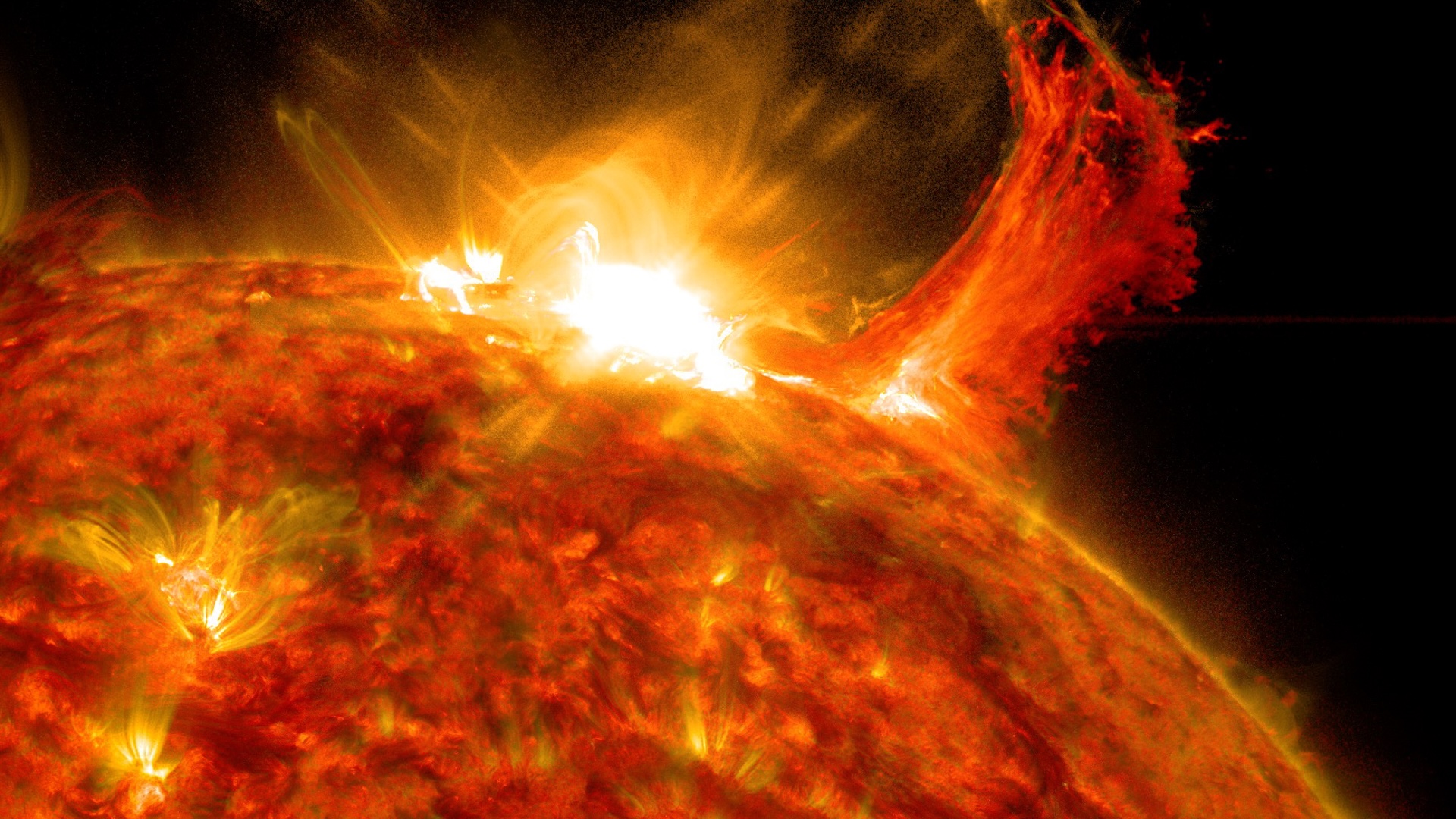The Reality of Climate Change: 10 Myths Busted
Dynamic Earth
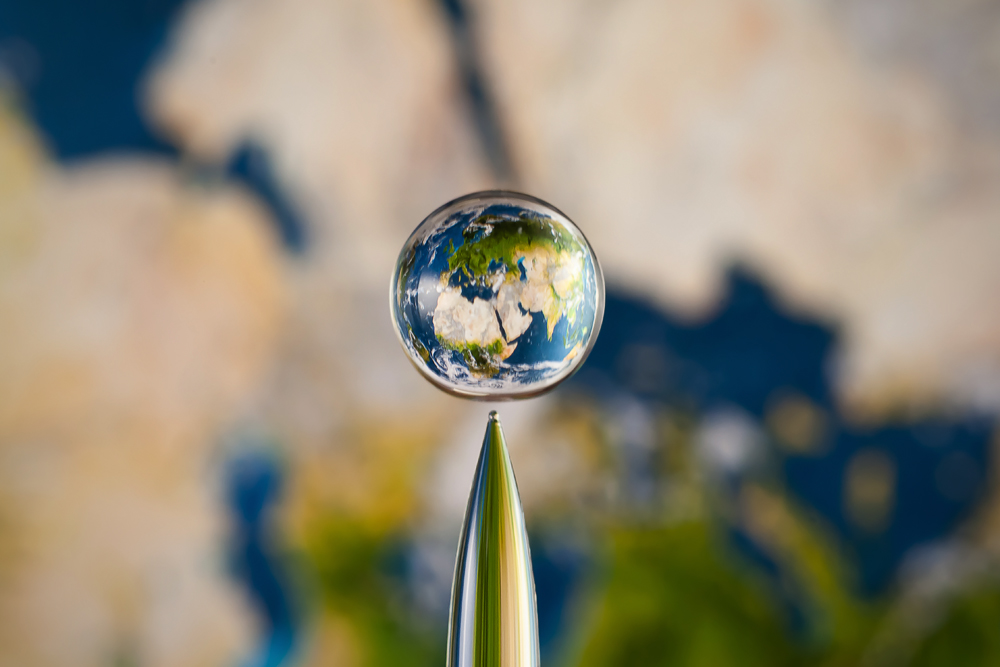
Earth is a dynamic sphere and, it turns out, so is the planet's climate, otherwise known as the long-term trend of global weather conditions. It's no wonder questions and myths abound about what exactly is going on in the atmosphere, in the oceans and on land. How can we tell our orb is actually warming and whether humans are to blame? Here's a look at what scientists know and don't know about some seemingly murky statements on Earth's climate. [50 Amazing Facts About Earth]
Climate has changed before
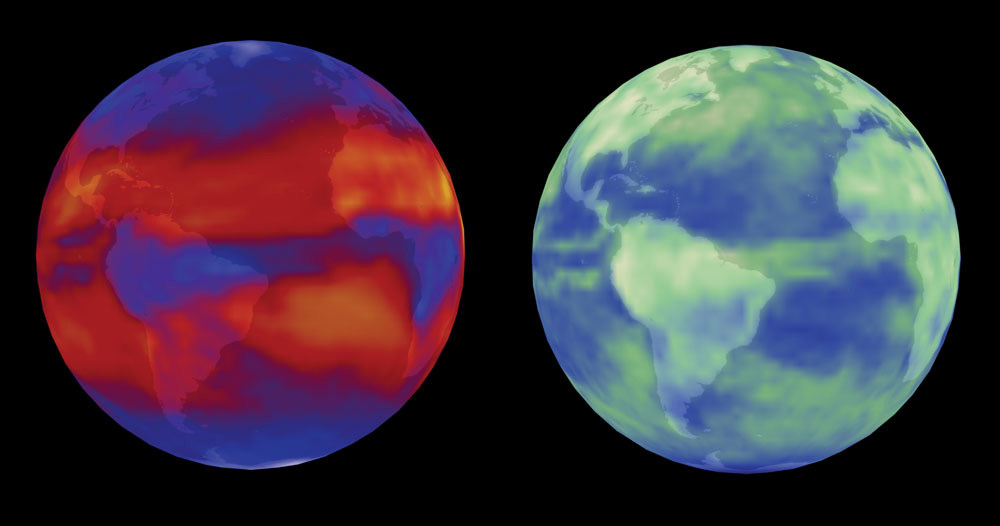
Myth: Even before SUVs and other greenhouse-gas spewing technologies, Earth's climate was changing, so humans can't be responsible for today's global warming.
Science: Climate changes in the past suggest that our climate reacts to energy input and output, such that if the planet accumulates more heat than it gives off global temperatures will rise. It's the driver of this heat imbalance that differs.
Currently, CO2 is imposing an energy imbalance due to the enhanced greenhouse effect. Past climate change actually provides evidence for our climate's sensitivity to CO2.
(Image left: heat given off by Earth's surface and atmosphere; Right: sunlight reflected back out to space.)
... but it's cold outside!

Myth: The planet can't be warming when my front yard is covered in several feet of snow. … This winter has been one of the chilliest, how is that possible in a warming world?
Science: Local temperatures taken as individual data points have nothing to do with the long-term trend of global warming. These local ups and downs in weather and temperature can hide a slower-moving uptick in long-term climate. To get a real bead on global warming, scientists rely on changes in weather over a long period of time. To find climate trends you need to look at how weather is changing over a longer time span. Looking at high and low temperature data from recent decades shows that new record highs occur nearly twice as often as new record lows.
Get the world’s most fascinating discoveries delivered straight to your inbox.
For instance, a study published in the journal Geophysical Research Letters in 2009, found that daily record high temperatures occurred twice as often as record lows over the prior decade across the continental United States.
Climate is cooling

Myth: Global warming has stopped and the Earth has begun to cool.
Science: The last decade, 2000-2009, was the hottest on record, according to Skeptical Science. Big blizzards and abnormally chilly weather often raise the question: How can global warming be occurring when it's snowing outside? Global warming is compatible with chilled weather. "For climate change, it is the long-term trends that are important; measured over decades or more, and those long term trends show that the globe is still, unfortunately, warming," according to Skeptical Science.
The sun is to blame
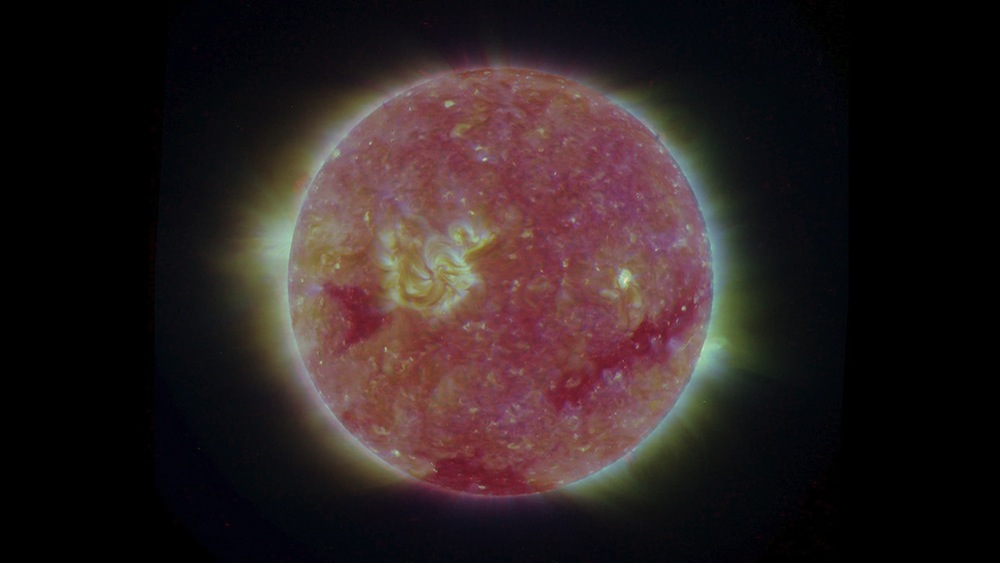
Myth: Over the past few hundred years, the sun's activity, including the number of sunspots, has increased, causing the world to get warmer.
Science: In the last 35 years of global warming, the sun has shown a slight cooling trend, while the climate has been heating up, scientists say. In the past century, solar activity can explain some of the increase in global temperatures, but a relatively small amount. (Solar activity refers to the activity of the sun's magnetic field and includes magnetic field-powered sunspots and solar flares.)
A study published in the journal Atmospheric Chemistry and Physics in December 2011 revealed that even during a prolonged lull in the sun's activity, Earth still continued to warm. The study researchers found that the Earth absorbed 0.58 watts of excess energy per square meter than escaped back into space during the study period from 2005 to 2010, a time when solar activity was low.
Not everyone agrees
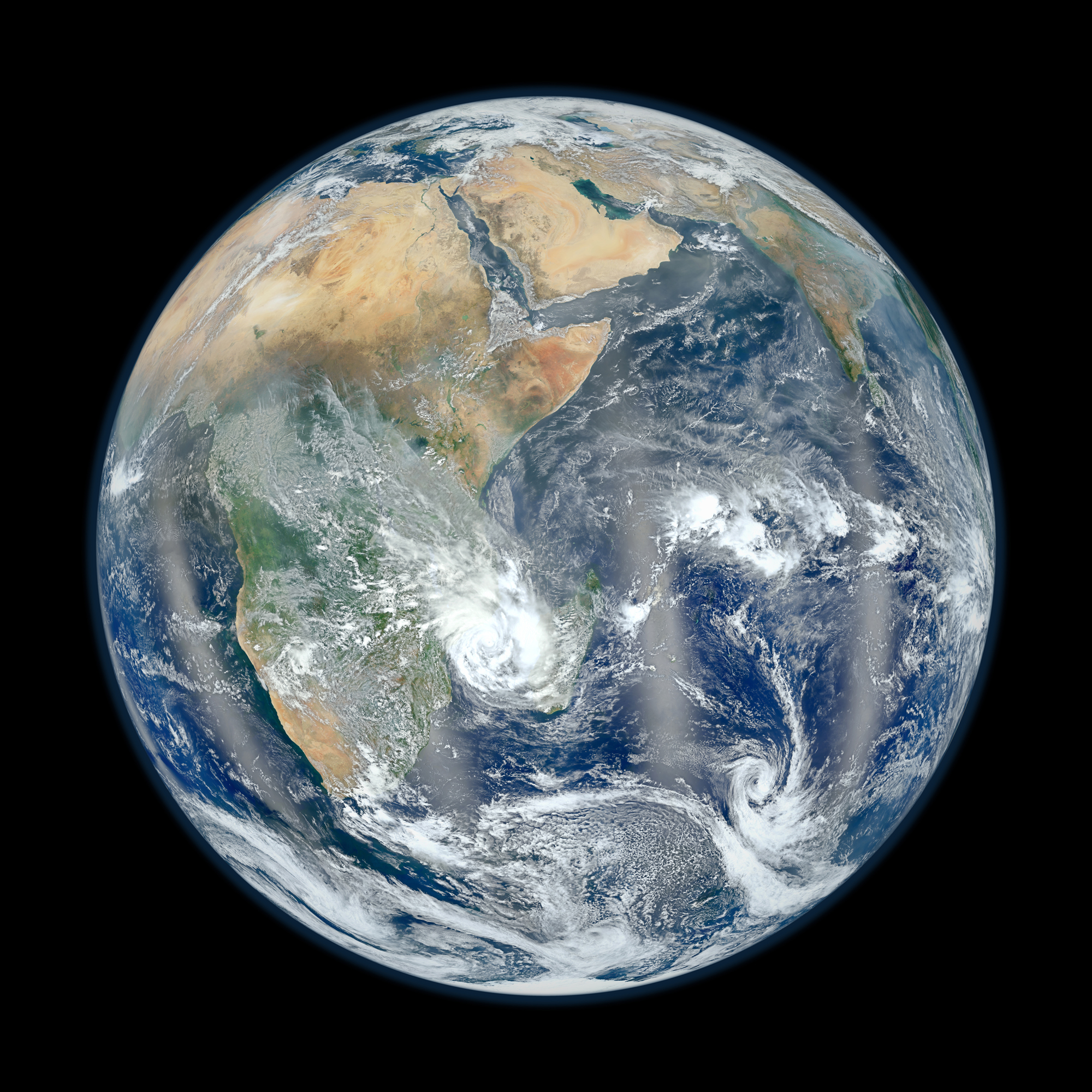
Myth: There's no consensus on whether the planet is actually warming.
Science: About 97 percent of climate scientists agree that human-made global warming is happening. "In the scientific field of climate studies — which is informed by many different disciplines — the consensus is demonstrated by the number of scientists who have stopped arguing about what is causing climate change — and that's nearly all of them," according to Skeptical Science, a website dedicated to explaining the science of global warming.
Carbon dioxide (CO2) is not a pollutant
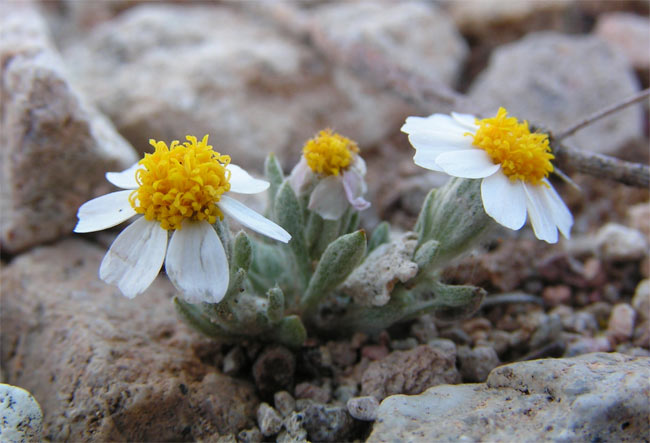
Myth: Rick Santorum, GOP presidential nominee, summed up this argument in the news when he said: "The dangers of carbon dioxide? Tell that to a plant, how dangerous carbon dioxide is," he told the Associated Press.
Science: While it is true that plants photosynthesize, and therefore take up carbon dioxide as a way of forming energy with the help of the sun and water, this gas is both a direct pollutant (think acidification of oceans) and more importantly is linked to the greenhouse effect. When heat energy gets released from Earth's surface, some of that radiation is trapped by greenhouse gases like CO2; the effect is what makes our planet comfy temperature-wise, but too much and you get global warming.
Climate scientists are conspiring to push "global warming"
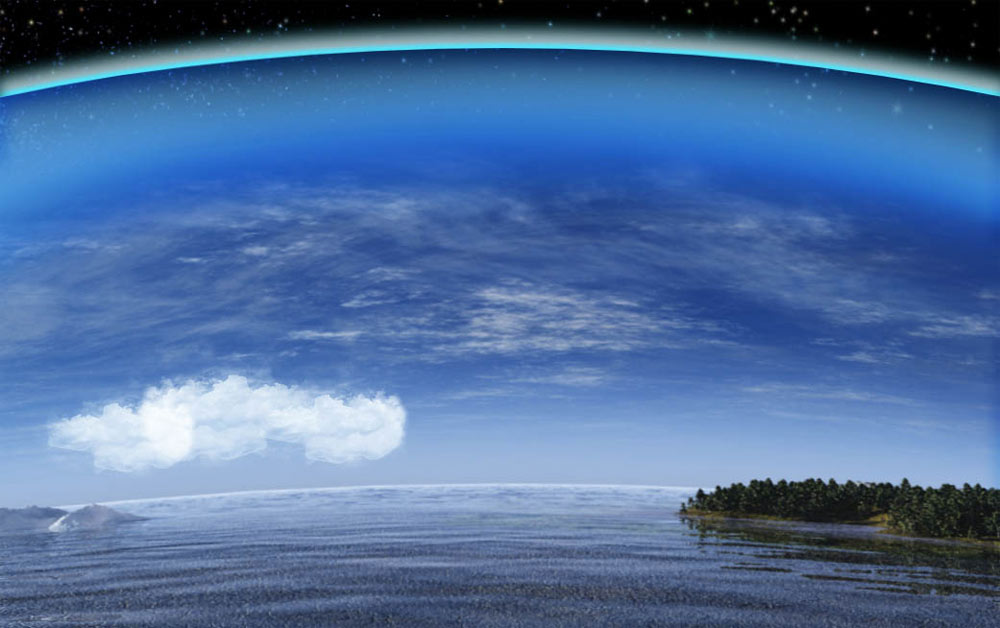
Myth: Thousands of emails between climate scientists leaked in November 2009 (dubbed Climategate) revealed a cover-up of data that conflicted with research showing the Earth is warming.
Science: Yes, a hacker did access and release emails and documents from the University of East Anglia server. But there was no cover-up; a number of investigations were launched, including two independent reviews set up by the university: the Independent Climate Change E-mails Review (ICCER) and the independent Scientific Appraisal Panel (SAP). The investigations cleared the researchers involved with the e-mails of scientific misconduct, and found no evidence of a cover-up.
Don't worry, it's not that bad
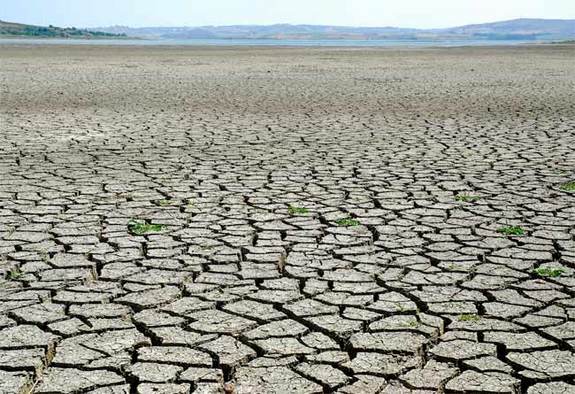
Myth: Some have pointed to human history as evidence that warm periods are good for people, while the cold, unstable stints have been catastrophic.
Science: Climate scientists say any positives are far outweighed by the negative impacts of global warming on agriculture, human health, the economy and the environment. For instance, according to one 2007 study, a warming planet may mean an increased growing season in Greenland; but it also means water shortages, more frequent and more intense wildfires and expanding deserts.
Antarctica is gaining ice
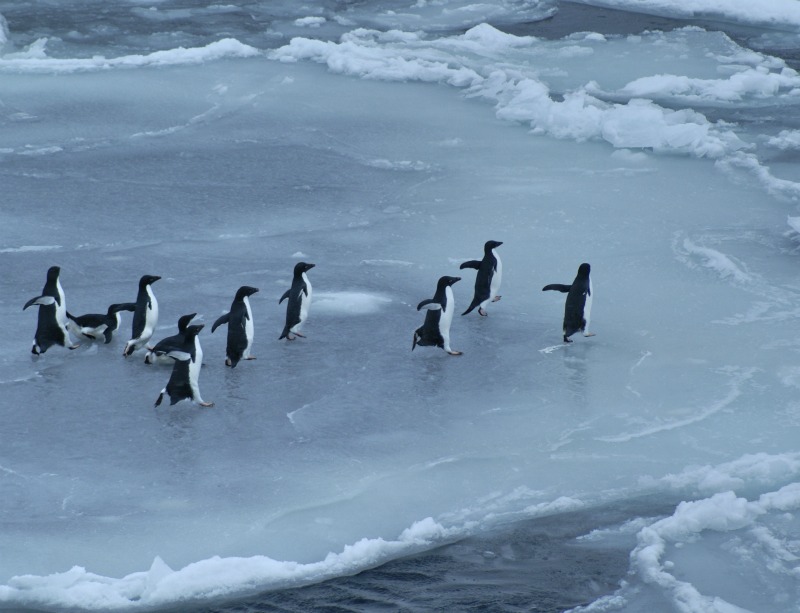
Myth: Ice covering much of Antarctica is expanding, contrary to the belief that the ice cap is melting due to global warming.
Science: The argument that ice is expanding on Antarctica omit the fact that there's a difference between land ice and sea ice, climate scientists say. "If you are talking about the Antarctic ice sheet, we expect some gain in accumulation in the interior due to warmer, more moisture-laden air, but increased calving/ice loss at the periphery, primarily due to warming southern oceans," climate scientist Michael Mann, of Pennsylvania State University, told LiveScience. The net change in ice mass is the difference between this accumulation and peripheral loss. "Models traditionally have projected that this difference doesn't become negative (i.e. net loss of Antarctic ice sheet mass) for several decades," Mann said, adding that detailed gravimetric measurements, which looks at changes in Earth's gravity over spots to estimate, among other things, ice mass. These measurements, Mann said, suggest the Antarctic ice sheet is already losing mass and contributing to sea level rise.
Now for sea ice, this type of ice is influenced by year-to-year changes in wind directions and changes in ocean currents. For sea ice, it's tricky to identify a clear trend, Mann said.
Climate models are unreliable

Myth: Models are full of "fudge factors" or assumptions that make them fit with data collected in today's climate; there's no way to know if those same assumption can be made in a world with increased carbon dioxide.
Science: Models have successfully reproduced global temperatures since 1900, by land, in the air and the oceans. "Models are simply a formalization of our best understanding of the processes that govern the atmosphere, the oceans, the ice sheets, etc.," Mann said. He added that certain processes, such as how clouds will respond to changes in the atmosphere and the warming or cooling effect of clouds, are uncertain and different modeling groups make different assumptions about how to represent these processes.
Even so, Mann said, certain predictions are based on physics and chemistry that are so fundamental, such as the atmospheric greenhouse effect, that the resulting predictions — that surface temperatures should warm, ice should melt and sea level should rise — are robust no matter the assumptions.
Jeanna Bryner is managing editor of Scientific American. Previously she was editor in chief of Live Science and, prior to that, an editor at Scholastic's Science World magazine. Bryner has an English degree from Salisbury University, a master's degree in biogeochemistry and environmental sciences from the University of Maryland and a graduate science journalism degree from New York University. She has worked as a biologist in Florida, where she monitored wetlands and did field surveys for endangered species, including the gorgeous Florida Scrub Jay. She also received an ocean sciences journalism fellowship from the Woods Hole Oceanographic Institution. She is a firm believer that science is for everyone and that just about everything can be viewed through the lens of science.
